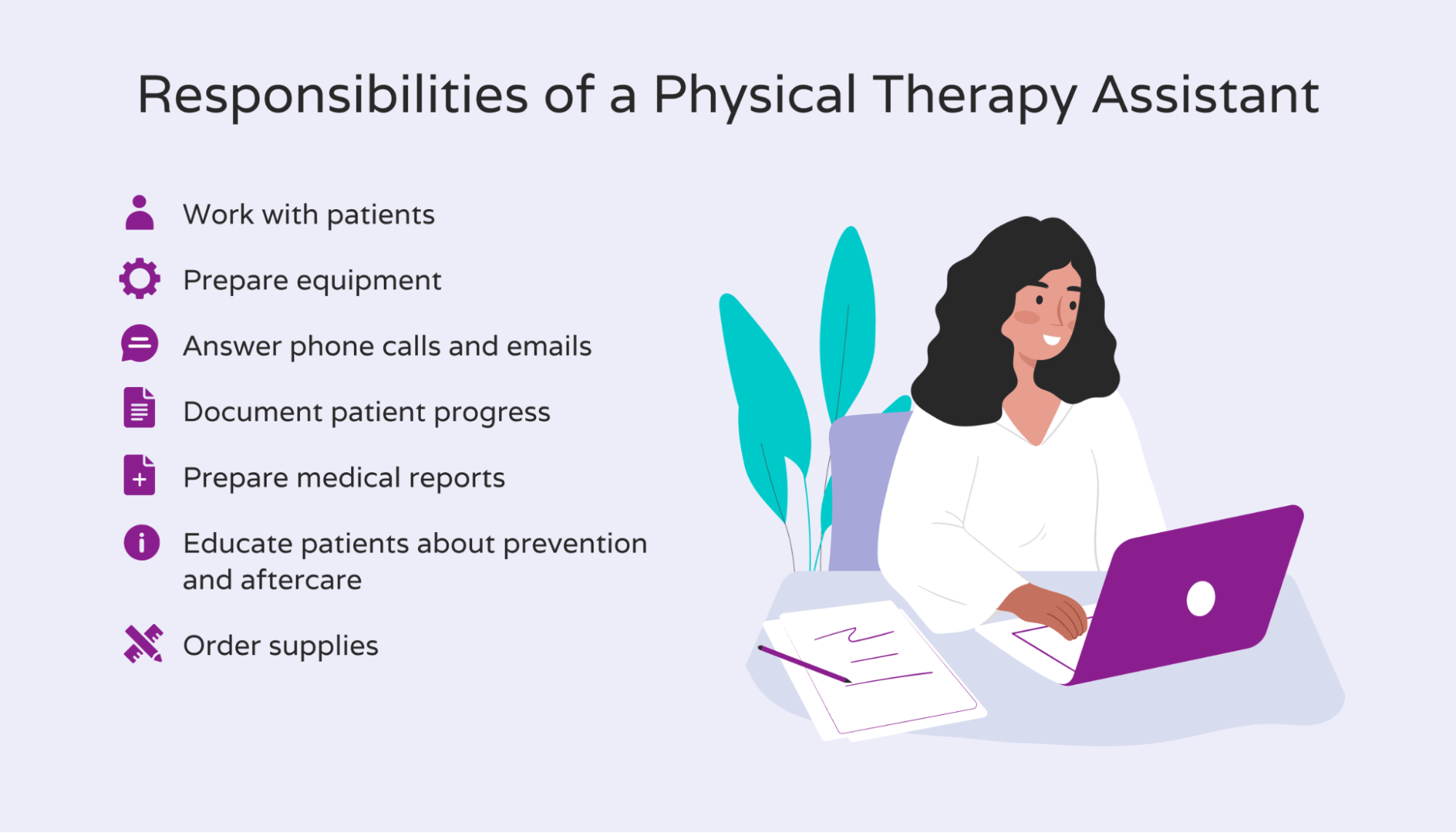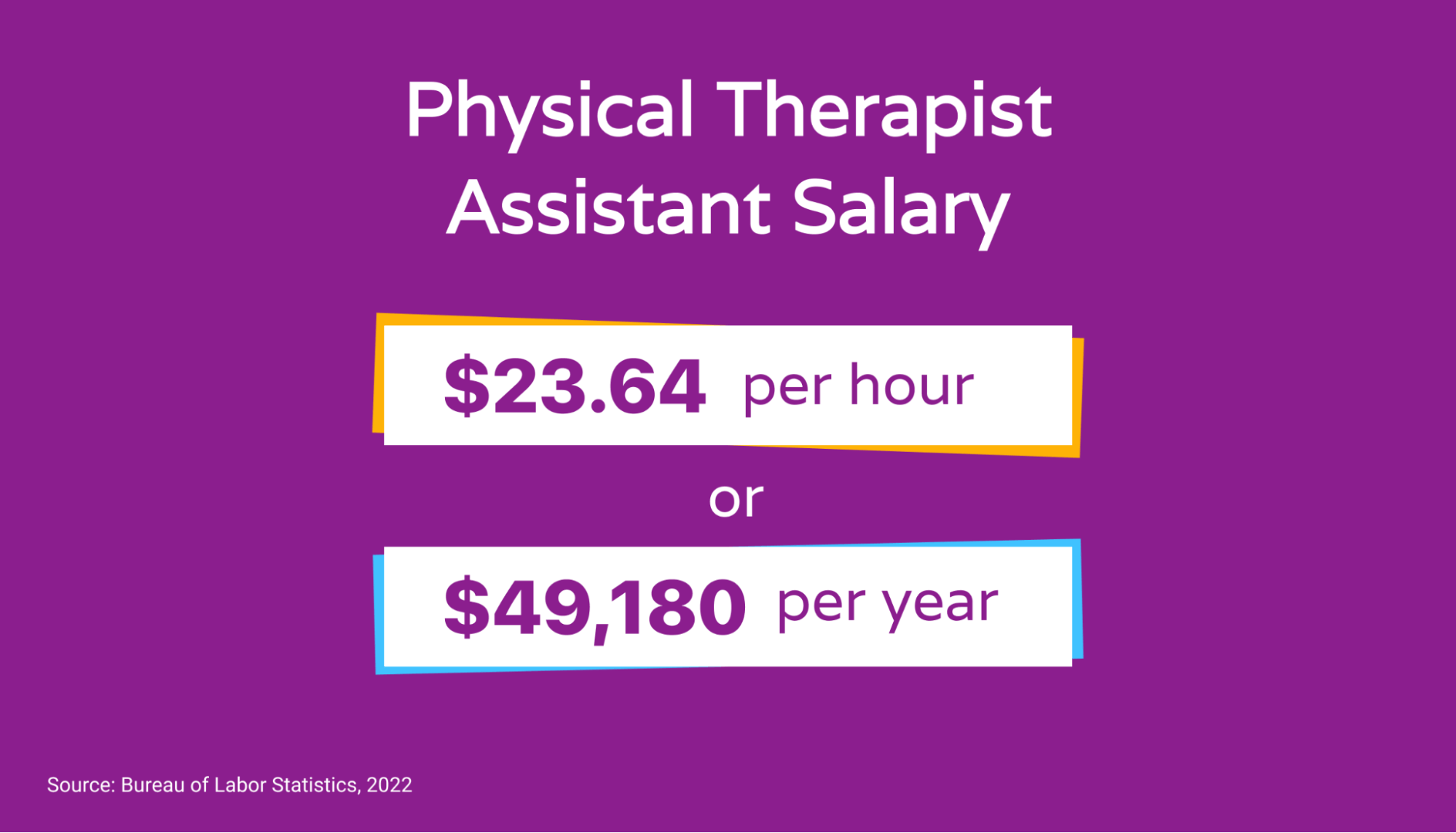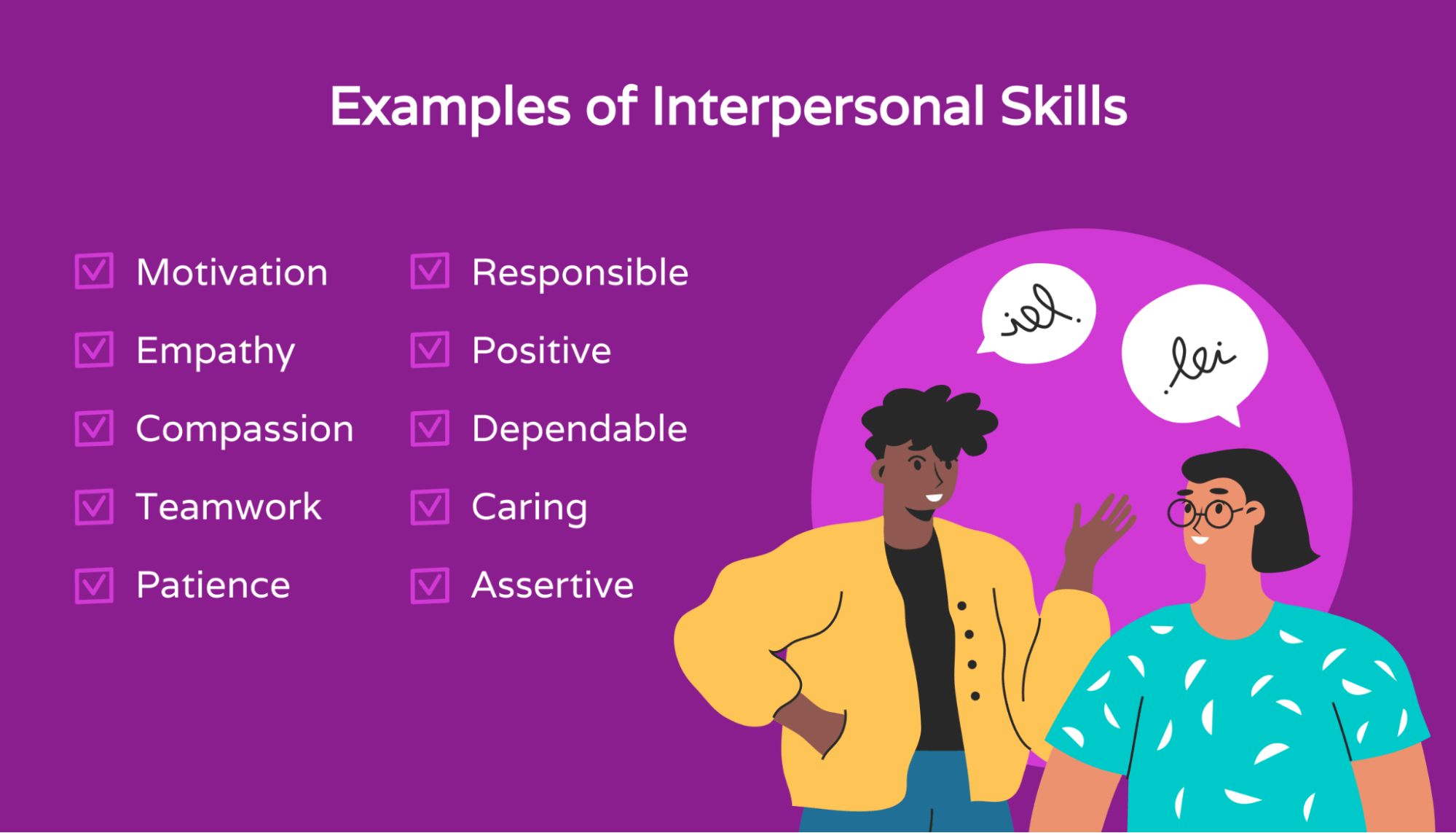The U.S. physical and occupational therapy industry was valued at over $34 billion in 2021, and, with an aging population, is only getting larger.
With the increase in customers, physical therapists find themselves overworked and overwhelmed.
If you find yourself stressed about not being able to handle all your daily duties, then a physical therapy assistant might be the ideal solution.
In this article, we’ll explore exactly what a physical therapy assistant is, what their duties are, what skills they need, the benefits of hiring one, and more — all so that you can decide if an assistant is right for you and your practice or clinic.
What is a physical therapy assistant?
Physical therapy assistants (PTAs) are individuals who work under the guidance, direction, and supervision of licensed physical therapists. They help patients regain movement and manage their pain levels after accidents, injuries, surgeries, or illnesses.
They aren’t necessarily involved in the treatment planning phase, however. Instead, they focus on helping to fulfill the care plan and assisting patients with their exercises, therapy sessions, payments, aftercare education, etc.
They often work at rehabilitation facilities, nursing homes, and private practices and usually work full-time — though part-time offers are becoming increasingly popular.
According to the Bureau of Labor Statistics (BLS), the employment of physical therapy assistants is projected to grow by 32% from 2020 to 2030 (much faster than the average industry growth).

What is a virtual physical therapy assistant?
A virtual physical therapy assistant can serve in much the same capacity as an on-site physical therapy assistant. These individuals perform many of the same tasks that in-office assistants would — but do so remotely.
They assist physical therapists with their administrative duties, patient care and communication, and more — all at a fraction of the cost of local, on-site assistants.
Learn more about how you can hire a healthcare virtual assistant from HelloRache.
What does a physical therapy assistant do?
Here’s a list of the most common job duties of a physical therapy assistant:
1. Work with patients
Once patients are assigned a treatment plan by the physical therapist, the PTA will work directly with them on their exercises to regain mobility, strength, and body coordination.
They’ll also often administer certain procedures such as a therapeutic massage or electrical stimulation to help manage pain and decrease the swelling in the patient’s muscles.
Furthermore, for patients who require more extensive rehabilitation, PTAs can teach them how to use crutches or prosthetics the right way so that they don’t hurt themselves.
Virtual physical therapy assistants can help keep in touch with patients post-treatment and keep them on track with their care plan.
2. Prepare equipment
Since physical therapists use a wide range of equipment for treatments, PTAs are responsible for preparing and maintaining the equipment.
For example, some of the most common equipment used include treadmills, elliptical trainers, and exercise bikes. PTAs have to make sure that equipment is in good working order and clean them so that they’re ready whenever patients need to use them.
3. Answer phone calls and emails
PTAs may be asked to help with receptionist duties and other administrative tasks, such as answering phone calls, sending emails, and scheduling appointments.
They’ll need to be able to answer customer questions, write down any important information or messages that need to be relayed to the physical therapist, and help patients schedule or adjust appointments.
As such, it’s vital that they’re excellent at communication and customer service.
Virtual physical therapy assistants can do all of the above from a remote workspace — answering phone calls, taking client notes, completing paperwork etc. All at a fraction of the cost of an on-site receptionist or assistant.
4. Observe and document patient progress
Throughout the course of the treatment plan, PTAs need to periodically assess and re-assess the patient’s progress to make sure that they’re improving. They need to communicate progress with the physical therapists so that they’re able to adjust the care plan as needed.
5. Prepare medical reports
In addition to communicating patient progress with physical therapists, PTAs also keep a record of the different factors that are influencing the patient's recovery. This doesn’t only include patients' physical health but their mental health as well.
Therefore, PTAs will often need to encourage patients and keep them motivated to take an active role in their recovery and stay positive.
By recording progress, PTAs are able to deliver a detailed report to physical therapists about which parts of the treatment are working and which parts aren’t.
6. Prevention and aftercare education
When patients start to make progress, it’s the PTA’s responsibility to educate them on exercises they can perform to prevent the injury from coming back. They’ll teach the patient how to achieve a better, healthier, and more active lifestyle that will keep them pain-free and healthy.
7. Order supplies
In addition to maintaining equipment, PTAs will also need to order supplies whenever necessary. For example, new resistance bands, ice packs, and ultrasound gel.
Depending on their employer, they may also be required to order office supplies, such as paper, printer ink, markers, etc.

A virtual physical therapy assistant can perform several of the responsibilities mentioned above.
Physical therapy assistant educational requirements and training
Most PTAs need an associate degree in physical therapy education from an accredited institute. This degree provides them with the necessary background in rehabilitation and clinical practices.
Alternatively, they can have a medical or healthcare qualification that teaches them how to handle patients, a robust knowledge of anatomy, knowledge of rehabilitation exercises and stretches, and more.
In addition to earning their degree, they also need to become certified by passing the National Physical Therapy Exam for physical therapy assistants.
Benefits of hiring a physical therapy assistant
Here are five of the main advantages of hiring a physical therapy assistant.
1. Saves time
Having a PTA who helps with patient care and administrative tasks can clear up a lot of time for you and your staff members.
As a result, you’ll have more time to focus on treatment planning and adjustments. Your other staff members will also be able to primarily focus on the high-impact tasks that they were originally hired to do (instead of worrying about client schedules and answering emails).
2. Better customer service
According to Statista, 60% of U.S. customers did more business with companies because of good customer service in 2020.

PTAs need to be great at customer service and communication.
Your PTA will be able to help your patients with all their questions and aftercare instructions as well as communication during treatment. This will keep the patients coming back to your practice time and time again (and lead to more referrals).
3. Healthier patients
As mentioned earlier, two huge parts of a PTA’s job are to educate patients on prevention and aftercare and to keep detailed records of their progress.
As such, you’ll be able to provide patients with better treatments since the detailed reports will give you all the information you need to appropriately adjust their care plans.
This will lead to faster and more seamless recovery — which will keep patients satisfied and help build your authority in the physical therapy industry.
Patients will also be able to stay healthy and pain-free after the treatment is done.
4. More productivity
With fewer administrative tasks to handle, you and your staff members will have more time to focus on high-impact tasks.
Since you and your staff members will be able to focus solely on your jobs (as opposed to having to handle mundane tasks on top of your daily duties), processes will work faster and smoother.
Thus, your entire team’s productivity will increase, and you’ll get to enjoy a stress-free business environment where everyone does their part and keeps your business growing and thriving.
5. Saves money
If you choose to hire a virtual physical therapy assistant, you’ll save a lot of money since an in-office assistant costs more than twice the amount of virtual assistants.
This means that many of your tasks, including administrative tasks and customer service, will be taken care of at a fraction of the cost of what you’d need to pay for a local assistant.
At HelloRache, we charge a flat rate of $9.50 per hour for our virtual assistants. Learn more about our pricing and what’s included.
Average salary of a PTA
In 2021, the average salary of PTAs was $23.64 per hour or $49,180 per year.

However, their salaries may differ depending on several different factors, such as location, type of industry, years of experience, skill set, and more.
For example, some of the top-paying industries for physical therapy assistants include:
- Home healthcare services
- Nursing care facilities
- Hospitals (state, local, and private)
- Offices of occupational, physical, and speech therapists
- Offices of audiologists
- Offices of physicians
Learn more about how much physical therapy assistants earn.
If you want a more affordable option, you can opt for a virtual assistant instead of an in-office assistant.
How to hire a physical therapist assistant
You have two options when it comes to hiring a physical therapy assistant for your practice:
Option 1: Post a job online
Your first option is to post a job listing online. You can post the listing on different job boards, such as Indeed, The Balance Careers, or Jobcase.
Employees are actively searching for jobs here. However, the number of applicants and candidates you get will depend on your location and salary offer.
This option is best if you’re looking for an in-office assistant.
Option 2: Hire virtually
Your second option is to hire a virtual assistant at HelloRache. With us, the process is super simple. You can simply fill in this form to tell us more about your practice and requirements, or you can book a call with our team.
From there, you’ll be able to choose how many hours you want the assistant to work, which assistant you want to work with, and what tasks you want them to perform. You’ll also have maximum freedom and will be able to cancel at any time.
Skills to look for when hiring a physical therapy assistant
Here are some of the top skills that your PTA needs.
Customer service
A PTA should be great at delivering exceptional customer service — regardless of whether they’re in the same room as the customer or over the phone.
They need to be friendly and handle each customer with utmost care. When patients have any questions or concerns, they need to be able to help them and give them the answers they need.
If they don’t have the answers to specific questions, they need to consult with the right person to get those answers.
Technical skills
In our ever-evolving digital world, it’s more important than ever that employees have the necessary knowledge and skills to work on computer systems and handle cloud-based applications.
Thus, your PTA needs to have a good understanding of the system you use for notetaking and scheduling as well as apps such as Microsoft Word, Excel, Gmail, etc.
Communication skills
Your PTA needs to have excellent communication skills — both verbal and written.

This means that they need to be able to communicate professionally with customers in person or over the phone and have good grammar and spelling skills to send high-quality emails.
Furthermore, their grammar skills will also be very useful when they type out patient documents and reports.
Listening skills
Your PTA needs to have the ability to listen and carry out instructions from you or your staff members.
They also need to listen to the needs of patients and take notes so that they can relay them to you or the appropriate staff member.
Attention to detail
Since different patients have different treatments and equipment, PTAs need to pay attention to detail and keep track of how the patient is progressing. They need to pay attention to the patient’s emotions, facial expressions, and attitude to see how each treatment is affecting the patient.
They also need to pay attention to detail regarding cleanliness to make sure that all equipment and tools are clean and ready.
Critical thinking
When problems occur, your physical therapy assistant needs to be able to act quickly and solve the issue as fast as possible.
They need to be able to work well under pressure and keep a good appearance even when patients get frustrated or angry.
Interpersonal skills
Most patients who require physical therapy have gone through some type of trauma. Thus, it’s vital that your PTA has compassion and treats them with care.
Furthermore, they need to be good motivators and always try to encourage the patient to keep going — even if progress is slower than expected.

FAQ
What is the difference between a PTA and OTA?
A physical therapy assistant (PTA) and an occupational therapy assistant (OTA) both involve helping patients gain mobility.
However, a PTA is more focused on helping patients recover from injuries or illnesses that have limited their ability to move. In contrast, an OTA coaches people to accomplish independent living and certain job functions because of injury that resulted in long-term or permanent adaptation.
Therefore, PTAs are more focused on people who are recovering from a specific injury, surgery, or illness that impacted their motor function (e.g., a stroke). On the other hand, OTAs help patients who have difficulty carrying out certain tasks or living independently.
What are the types of physical therapist assistants?
Physical therapy assistants can specialize in several different areas, including geriatrics, women’s health, orthopedics, sports, pediatrics, oncology, neurology, clinical electrophysiology, aquatic therapy, cardiovascular and pulmonary, military physical therapy, traumatic injuries and amputation, and more.
To earn specialization in a specific area, they’ll need to get at least 2,000 hours of relevant work experience and go through additional educational courses.
Virtual physical therapy assistants can cover the same types of physical therapy, but in a reduced capacity and with significantly less investment of their time.
Hire a PTA for your practice
Whether you choose to hire an in-office or virtual assistant, your workload will decrease tremendously — and you’ll finally have time to spend with your loved ones.
When hiring an assistant, make sure that they have the necessary skills to use your computer applications and treat your patients with care.
Thinking of going the virtual route? Learn more about virtual assistant services.




